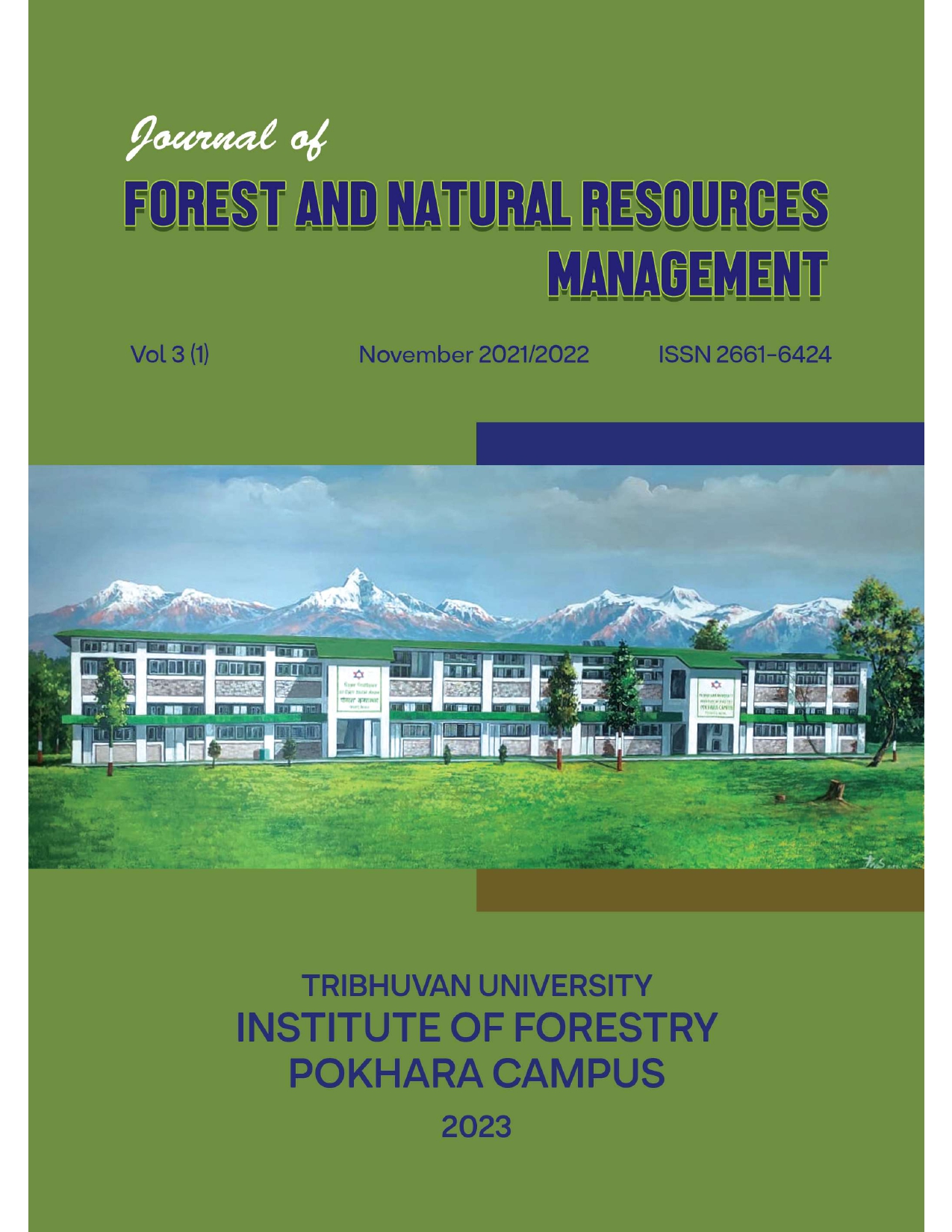Ecological Significance and Conservation Issues of Internationally Important Wetlandsof Nepal: A Review
DOI:
https://doi.org/10.3126/jfnrm.v3i1.60108Keywords:
Ramsar sites, framework Analysis, Conservation issues, Management responseAbstract
Wetlands, once considered unproductive land, are now recognized as highly productive ecosystems with significant biodiversity. Nepal has 10 wetlands listed on the Ramsar Sites but their degradation is becoming a growing concern. Therefore, this review paper investigates the ecological significance and conservation issues of internationally important wetlands in Nepal using an analytical framework called DPSIR (Driving Force-Pressure-State-Impact-Response). The study discovered that wetlands offer various advantages, encompassing ecological, economic, aesthetic, religious, and socio-cultural benefits. Nevertheless, they face obstacles such as encroachment, pollution, sedimentation, the invasion of non-native species, and the decline of biodiversity, which endanger their ecological attributes. Despite having a national wetland policy and strategic plan, their implementation is insufficient. The current status of wetlands in Nepal is declining, indicating the urgent need for a review and strong implementation of existing policies, programs, and institutional arrangements.
Downloads
Downloads
Published
How to Cite
Issue
Section
License
© Institute of Forestry, Pokhara Campus




